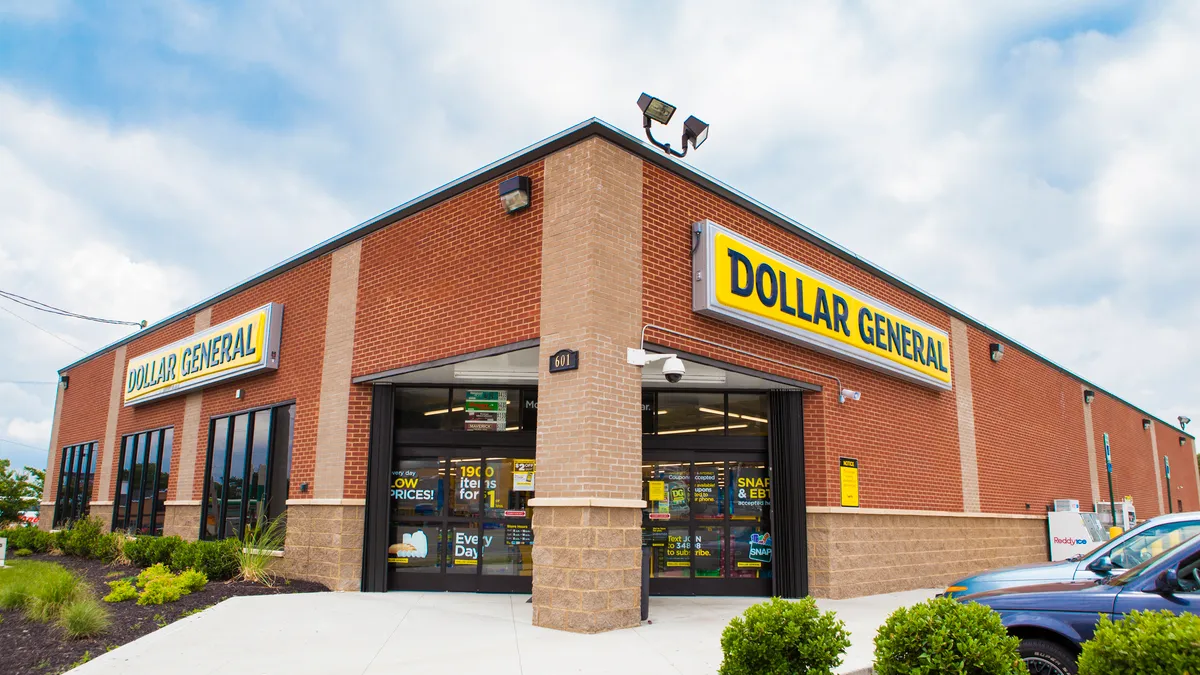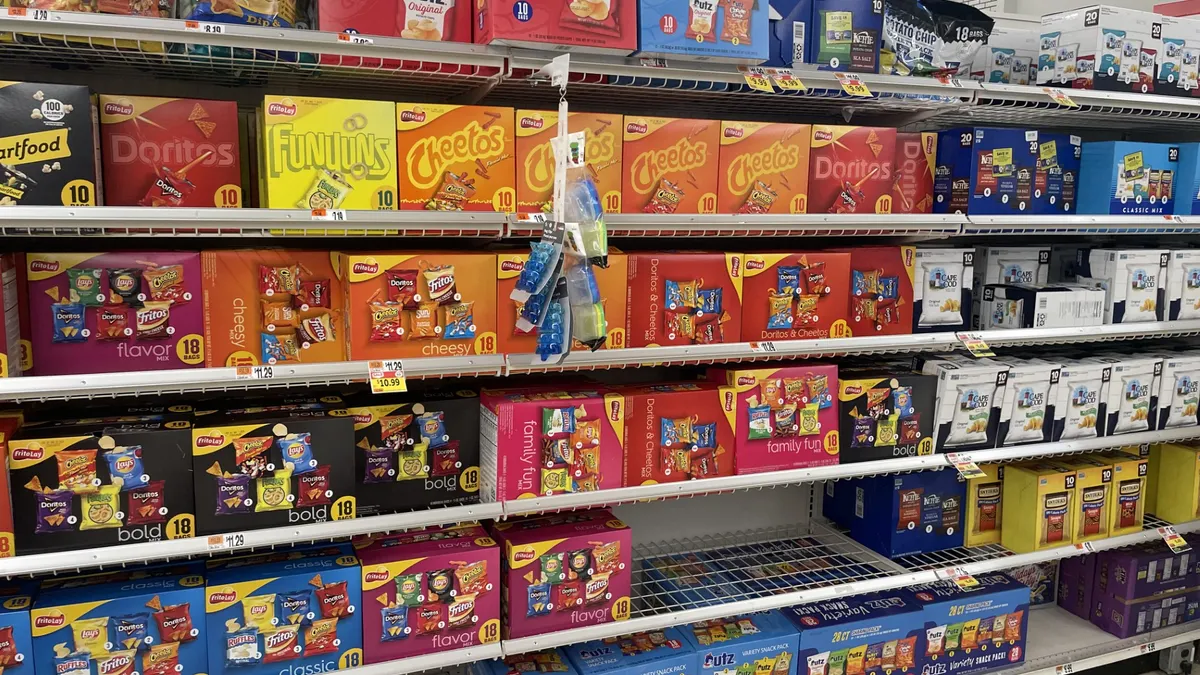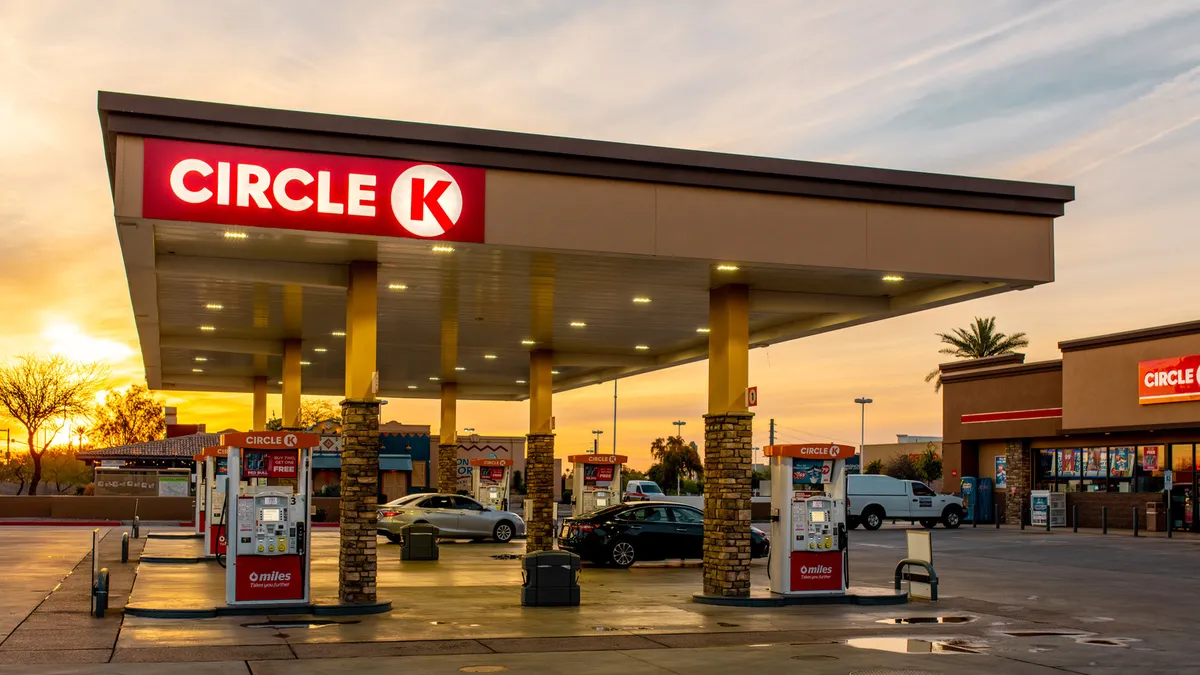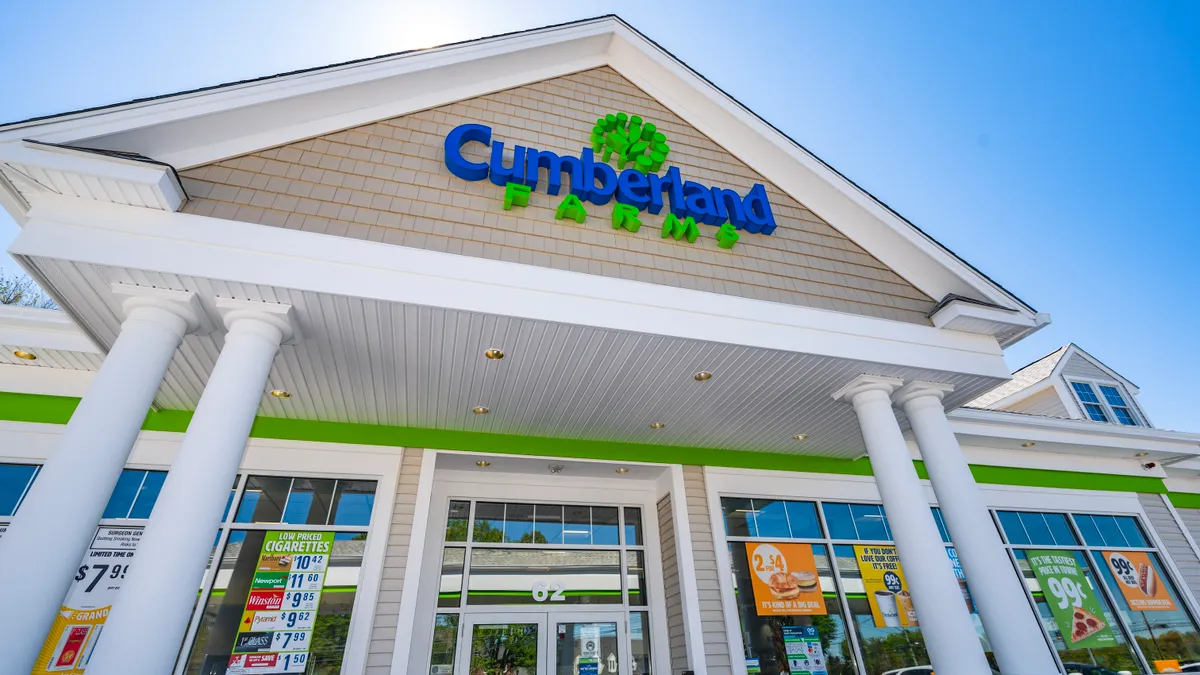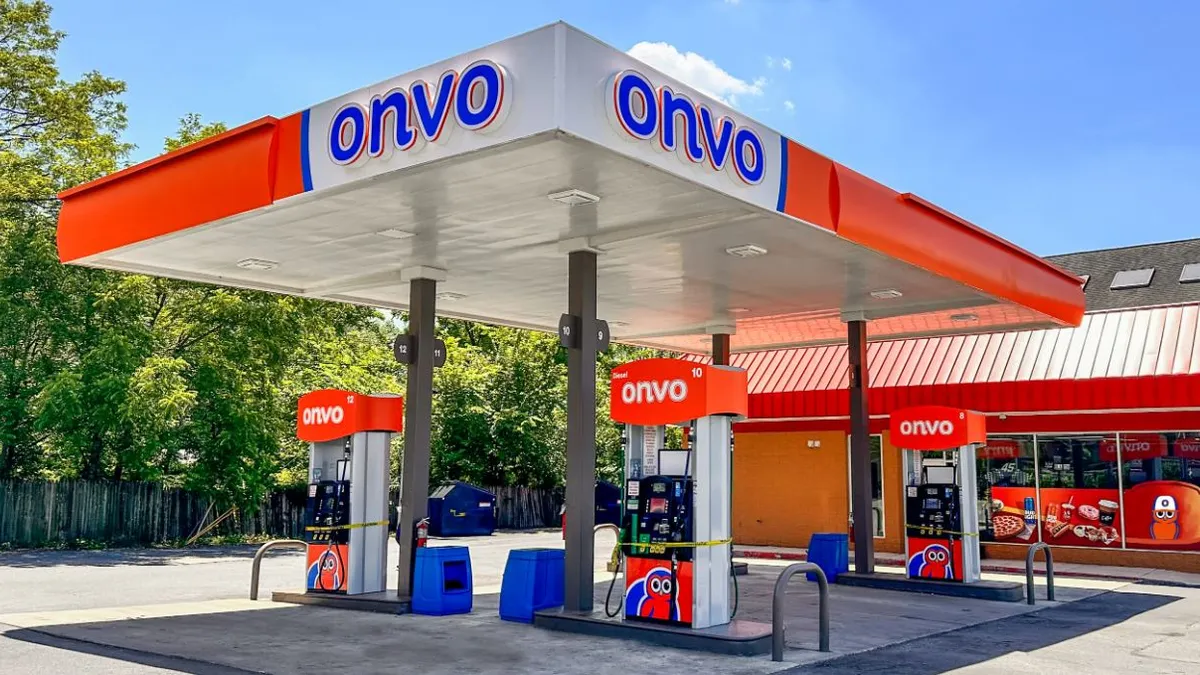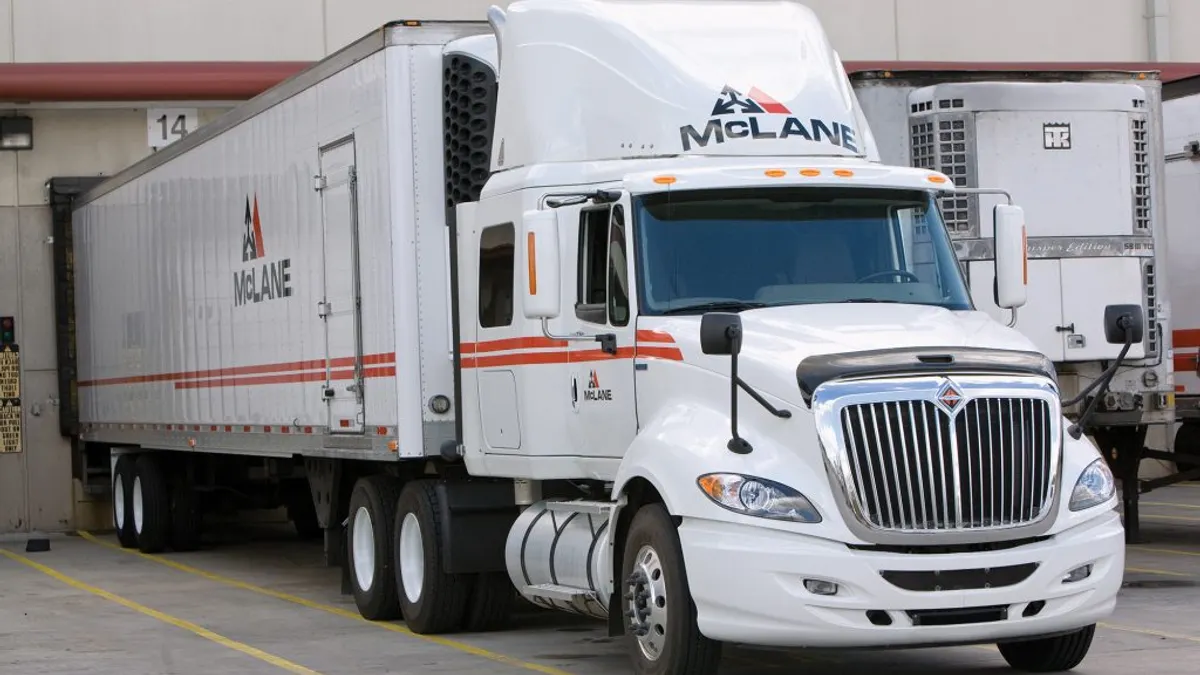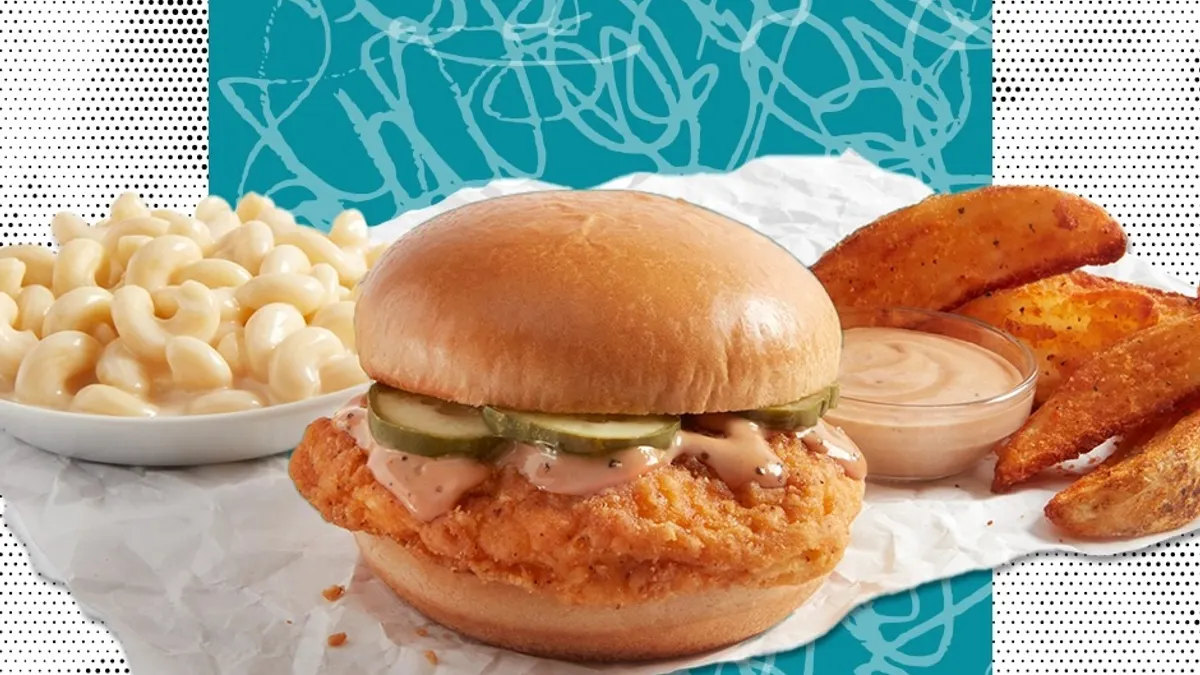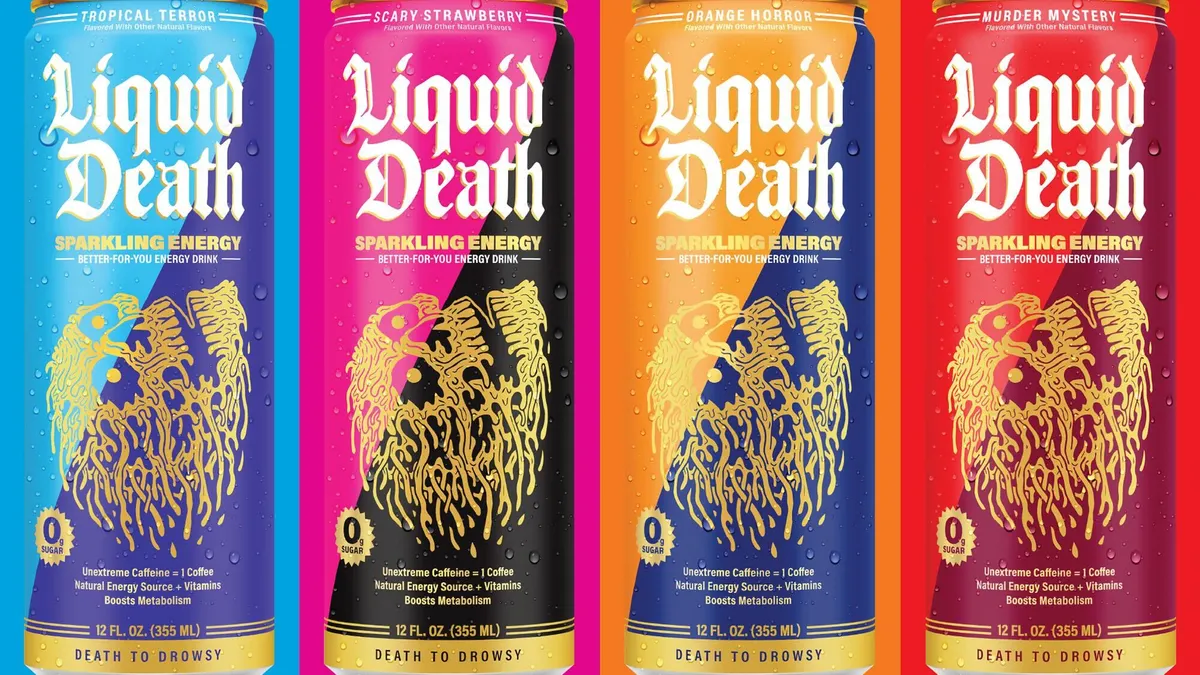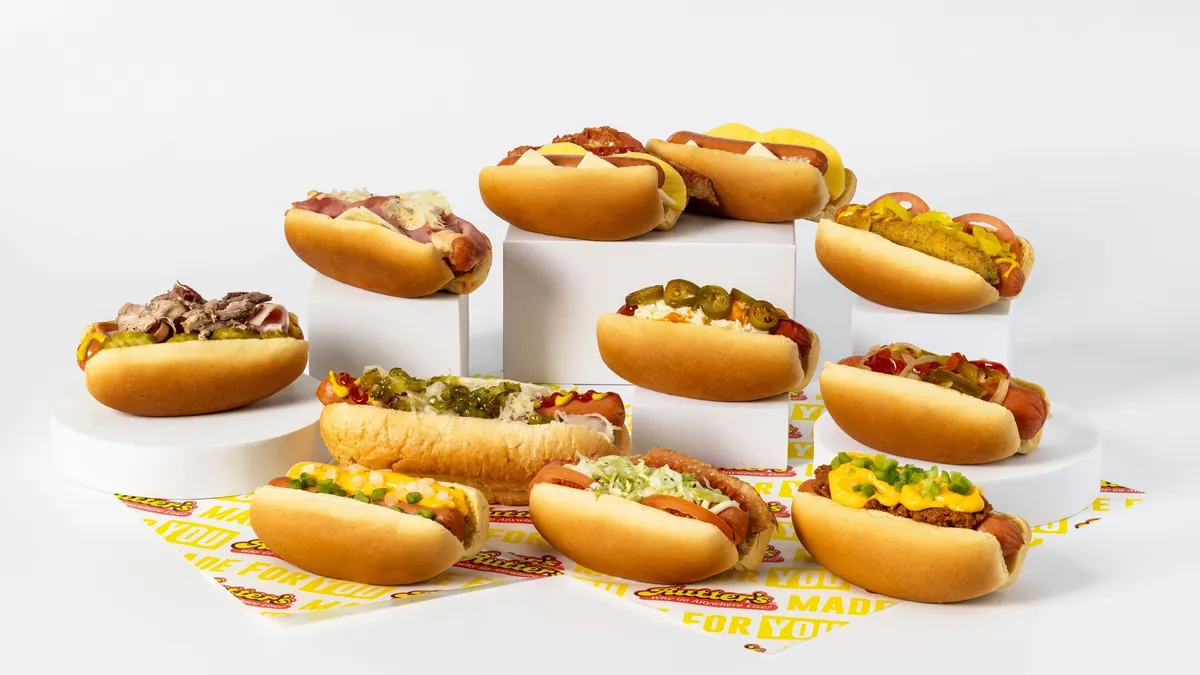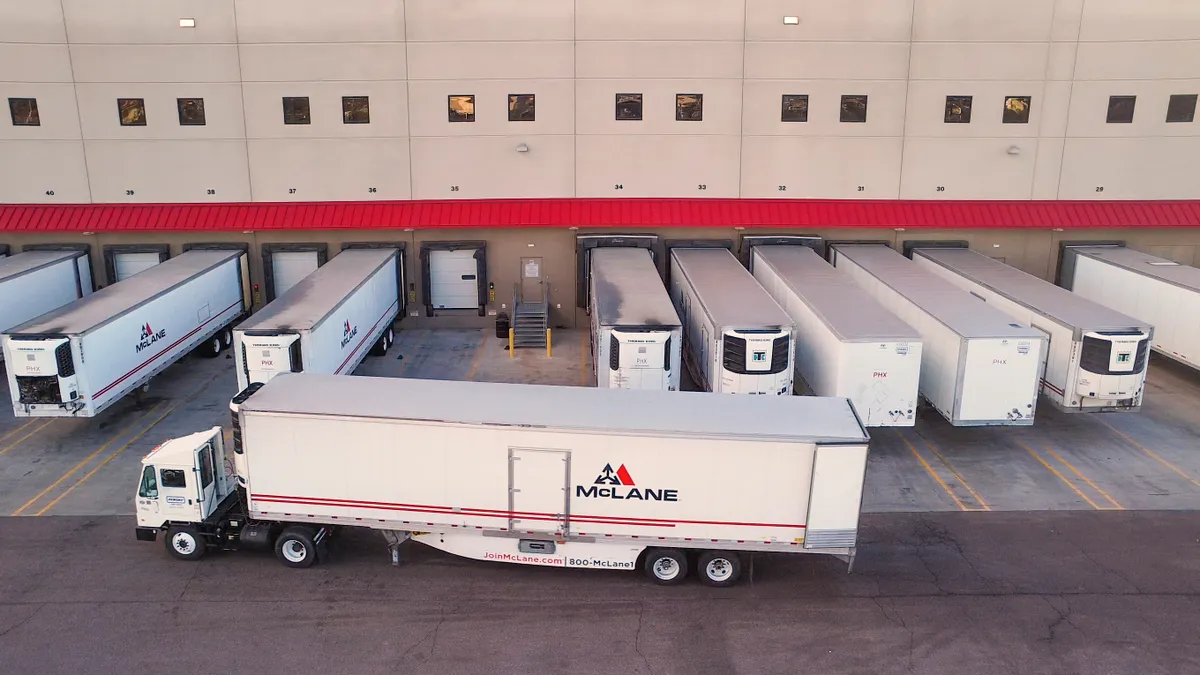Although dollar stores have been around since the late 1930s, Roy Strasburger remembers the channel becoming a legitimate threat to convenience stores in the early 2000s, around the time of the Great Recession.
Times were economically difficult, and people were looking for ways to save money in their everyday shopping. And dollar stores, which specialize in general merchandise and groceries at highly discounted prices, provided those savings.
The franchise-based model of chains like Dollar General, Family Dollar and Dollar Tree allowed these retailers to expand rapidly during this period and establish themselves as the go-to stores in small towns where other locations no longer existed because of the economic downturn, Strasburger, a former c-store operator and current CEO of StrasGlobal, a retail services firm, said in an interview.
“It’s kind of like the Casey’s [General Stores] model, as to where they want to go into these small towns and be the only show in town,” he said. “Dollar stores were able to do that, but with a much broader scope of SKUs and offerings.”
Fast forward nearly two decades, and dollar stores have become a powerhouse, with tens of thousands of locations across a variety of banners. In fact, if Dollar General, Family Dollar and Dollar Tree were convenience stores, they would rank as numbers one, three and four among the largest chains in the country by store count, with 7-Eleven coming in second, according to NACS’ 2023 Top 100 Ranking.
Dollar General is particularly massive, with just over 19,000 stores in 47 U.S. states, according to location intelligence reports from ScapeHero. That more than triples the number of U.S. stores owned by Alimentation Couche-Tard, the parent company for Circle K, the second-largest c-store chain in the country.
While product overlap historically didn’t exist between c-stores and dollar stores, the competition heated up when dollar stores started offering tobacco products around 2011, Strasbuger said. The same applies to alcohol, which many dollar chains began offering a few years ago.
“The dollars that are in the middle of that Venn diagram could go to the dollar store, because they have cheaper prices on cigarettes or alcohol, and people may pick up a few other impulse items while they're there,” he said.
The competition continues to heat up. Over the past few years, Dollar General has added fresh and frozen foods to thousands of its stores to drive consumer trips, and Dollar Tree is quickly following suit.
In general, when deciding whether to shop at a c-store or dollar store, if a consumer only has $1 to spend, they’re more likely to spend that on “household necessities” from a Dollar store than on “luxury items” in a convenience store, Strasburger said. That “price image” difference is where the competitive challenge comes into play between the two channels — and where dollar stores have a “huge advantage,” he noted.
“Whereas somebody may go to a convenience store to buy their gasoline, they very possibly will go next door to the dollar store to buy the other items that they need.”
Dollar stores are “absolutely a competitive threat” to c-stores, Peter Rasmussen, founder and CEO of Convenience and Energy Advisors, a c-store consultancy, said in an interview. But that doesn’t mean c-stores can’t do anything to combat that threat.
“That's where you have to look at it and say, ‘Well, what segment am I losing to them, and what can I do with it?’” he said.

Maximizing foodservice
Both Rasmussen and Strasbuger agreed that one of the best ways c-store retailers can truly differentiate themselves — and win back sales — from dollar stores starts in the kitchen.
“The big competitive advantage for convenience stores is, or should be, their foodservice,” Strasburger said. “Being able to offer either a good fresh-food, made-to-order or coffee program, which the dollar stores don't typically offer.”
As long as the program is executed well, c-store retailers can take advantage of foodservice at any level to differentiate themselves from dollar stores, whether that be a packaged sandwich assortment, a hot food program or a franchised restaurant operation, Strasbuger said.
“You just need to be able to maximize your opportunity to do that and not make a promise you can’t keep by having poor execution or poor offerings,” he said.
Rasmussen emphasized the importance of foodservice when competing with dollar stores since c-store retailers can often pair its food with fuel and other in-store offerings.
“People go to a convenience store because they have a need,” he said. “So maybe you do a packaged beverage, coffee and food [offering], and you're not getting that at a dollar store.”

Strasburger pointed to the “small but vibrant” community of urban, gasoline-free c-stores that center their operations around prepared foods and premium merchandise. These retailers, he noted, are becoming places where consumers opt to purchase food and groceries over local restaurants and grocery stores.
One of those retailers is Choice Market, a five-store chain in Denver, Colorado — which happens to have a location mere blocks away from a Family Dollar.
Up until this point, Choice Market hasn’t felt the threat of that Family Dollar location on its business, since the c-store retailer mainly focuses on locally sourced and made-to-order food items compared to the grocery products found at Family Dollar, Choice Market’s CEO Mike Forgarty said in an interview.
However, Fogarty said he’s aware of the competitive landscape between the two segments, as dollar stores continue to grow and explore new store formats, such as Dollar General’s DGX urban store format.
This concept, which debuted in 2016, is a smaller format Dollar General that serves busy, metropolitan shoppers. Its products include convenience staples such as dispensed beverages, coffee, grab-and-go sandwiches and snacks, as well as grocery, health and beauty, and various seasonal items.
“[DGX] is more of an urban format [store], and certainly leans more towards a direct competitor to a Choice [Market],” Fogarty said.
Moving forward, Strasburger views c-stores’ competition with dollar stores as a positive. By revamping their foodservice programs in the face of dollar stores threatening their businesses, c-store operators are taking the long-term steps to figuring out how they’ll survive in a world when gasoline won’t be the driving force of their business.
Now is the time for operators to start working on those things, Strasbuger said, whether it’s building a standout foodservice program, having unique products in store or getting involved with their local communities.
“You've got to have a reason for people to come in to see you — that’s the longer term view,” Strasburger said. “And that applies to competing with dollar stores and everybody else.”



